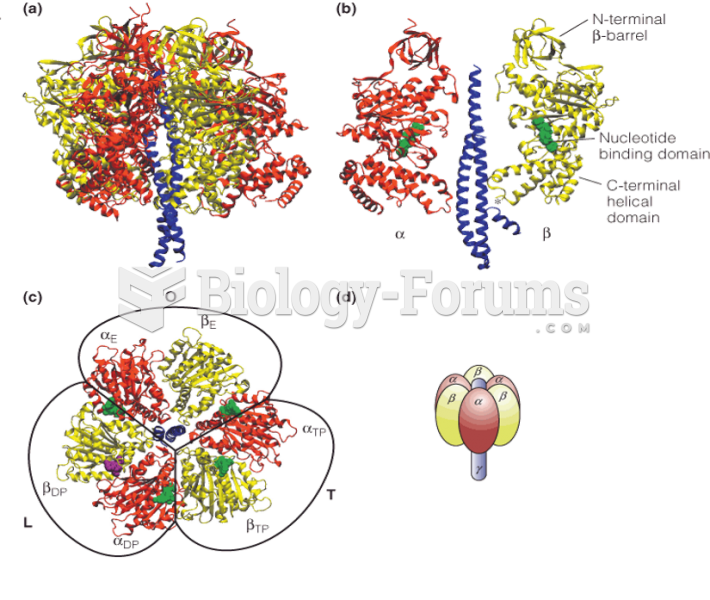Emmanuel and his mother live in an urban community housing complex. The building is worn down and dirty from the urban dust, cockroaches, and mold.
Emmanuel is 5 years of age and has suffered from asthma for the last 2 years. One evening, his mother poured him some milk and put him to bed. Shortly afterward, Emmanuel woke up wheezing and coughing. As he gasped for air, he became more and more anxious. His mother ran for his inhaler, but he was too upset and restless to use it. Emmanuel's skin became moist with sweat, and as he began to tire, his wheezing became quieter. His mother called 911 and waited anxiously for the ambulance to arrive.
Emmanuel uses a corticosteroid inhaler for the management of his asthma. What is the mechanism of action of this drug? How is its action different from the 2-agonist inhalants?
Why does someone with severe asthma become physically fatigued during a prolonged attack? What are the physiological events that occur during an attack?
One of the complications of respiratory fatigue is the development of hypercapnia. How does the body compensate for an increase in CO2? What are the effects of hypercapnia on the central nervous system?
Question 2
Rivka is an active 21-year-old who decided to take a day off from her university classes. The weather was hot and the sun bright, so she decided to go down to the beach.
When she arrived, she found a few people playing beach volleyball, and they asked if she wanted to join in. She put down her school bag and began to play. The others were well prepared for their day out and stopped throughout the game to have their power drinks and soda pop. Several hours after they began to play, however, Rivka was not feeling so good. She stopped sweating and was feeling dizzy. One player noted she had not taken a washroom break at all during the day. They found a shaded area for her, and one of the players shared his power drink with her. Rivka was thirstier than she realized and quickly finished the drink.
In pronounced dehydration, hypotension can occur. How would this affect the glomerular filtration rate of the kidney? What actions by the juxtaglomerular apparatus would occur to restore GFR?
What is the effect aldosterone has on the distal convoluted tubule? Why would the actions of aldosterone be useful to Rivka in her situation?
What does a specific gravity test measure? If someone tested the specific gravity of Rivka's urine, what might it indicate?







